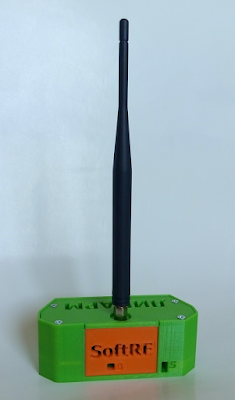Objectifying thermal convective lift
Us glider pilots have gotten pretty good at guessing where lift should be, but it's very subjective and I think we actually rely on luck more than skill more than we want to admit. But what if we could take the guess work out of it... The "money-ball" theory of soaring? How could a ground heat map inform a convective thermal prediction?
I am planning to experiment with thermal cameras on a 3-axis gyro stabilized gimbal. I have grand plans, but first I want to run this by a engineer/pilot and set some good basic ground rules for a research project.
I can't find good concrete research on thermal-scale meteorology. But.. from what I've learned gliding and from soaring books; here's the key hypotheses I'd like to postulate.
The tera-sourced convection trigger theory;
Given; Dry air with lots of sun and disproportionately ground IR absorption
When; regions of heat contrast form
Then; The probability and strength of thermal triggering events are proportional to the heat contrast.
So; like isobars on a prog chart predicting wind; In my mind I see heat contrast contours tells us something about thermal triggering. But this isn't enough on it's own. I think there's another aggregation effect that occurs as well.
The convection accumulation theory;
Given; A air volume with non-homogeneous thermal bubbles (mixing of many small thermals)
When; these bubbles bump into one another
Then; they will join to create larger/stronger thermals.
There's one more effect you mentioned to me last year that I had never though of, so I'll give you credit for this one;
The cloud vacuum effect
Given; A building cumulus cloud and an unstable air volume under it
When; the volume gets closer to the cloud base
Then; that volume of air accelerate into the cloud's vacuum cause by a latent heat of condensation effect inside the cloud.
The air volume under a cloud may not have even been rising, but will generate lift once under the cloud. There's yet another for cloud streeting (lifted wind finds parallel lines) , but I can save it. It won't help this discussion.
So how can I image process a detailed thermal map into locations that will likely trigger convective thermals? If I collect lost of data, can I use machine learning to improve the odds finding thermals?
Let's say you're flying over western Kansas and you had this map...
Let's say you're flying over western Kansas and you had this map...


Comments
Post a Comment